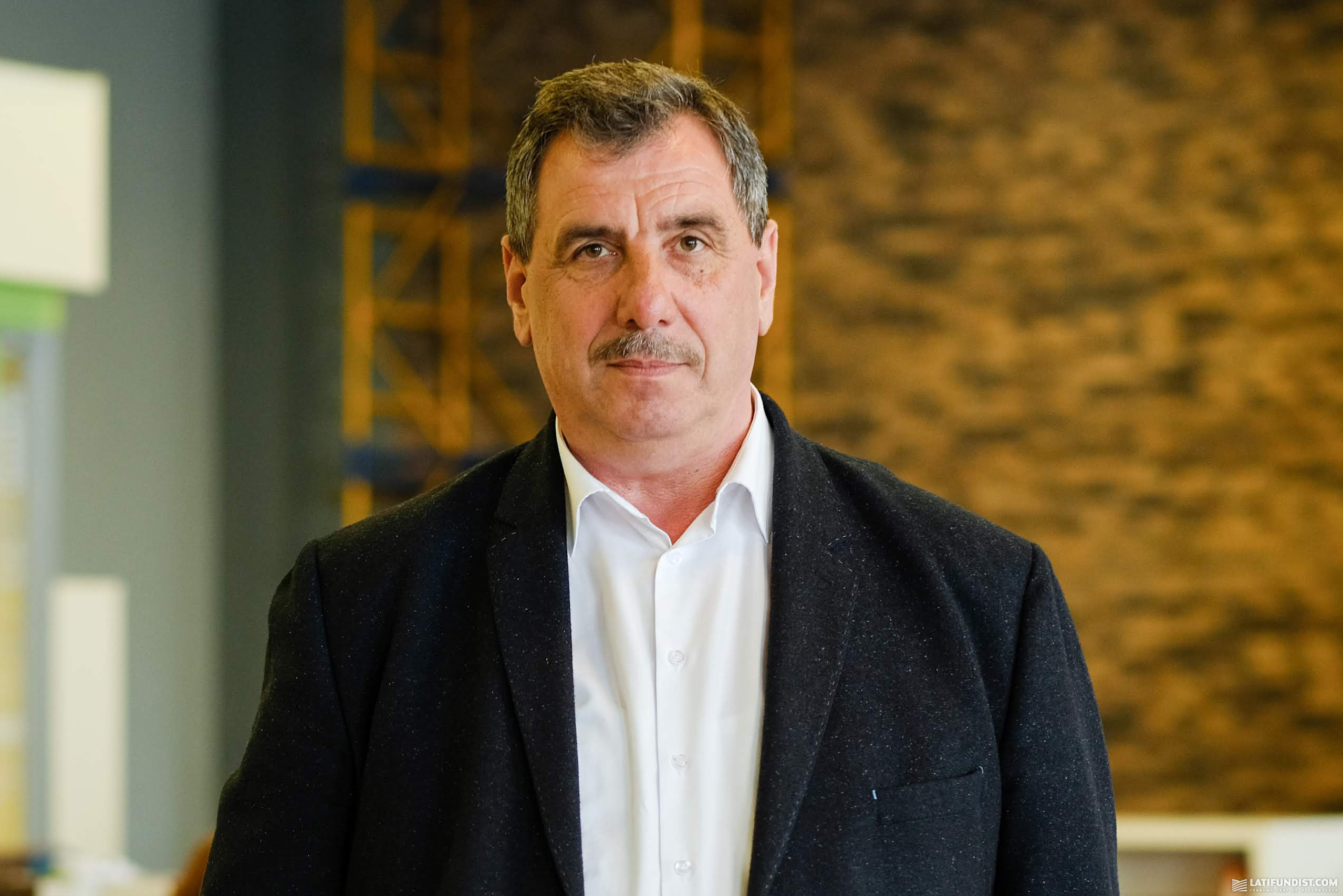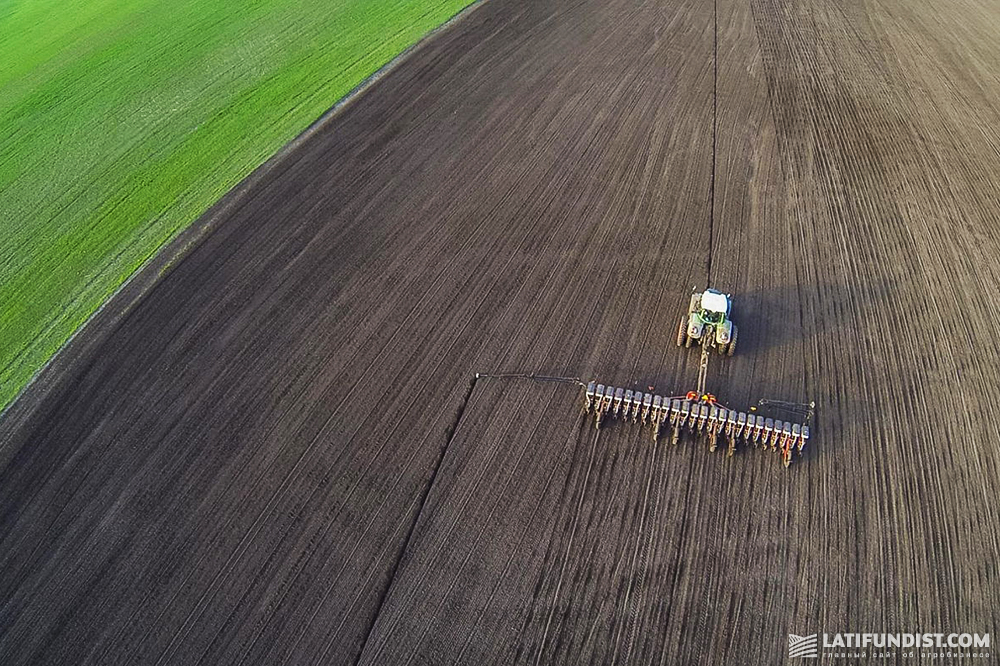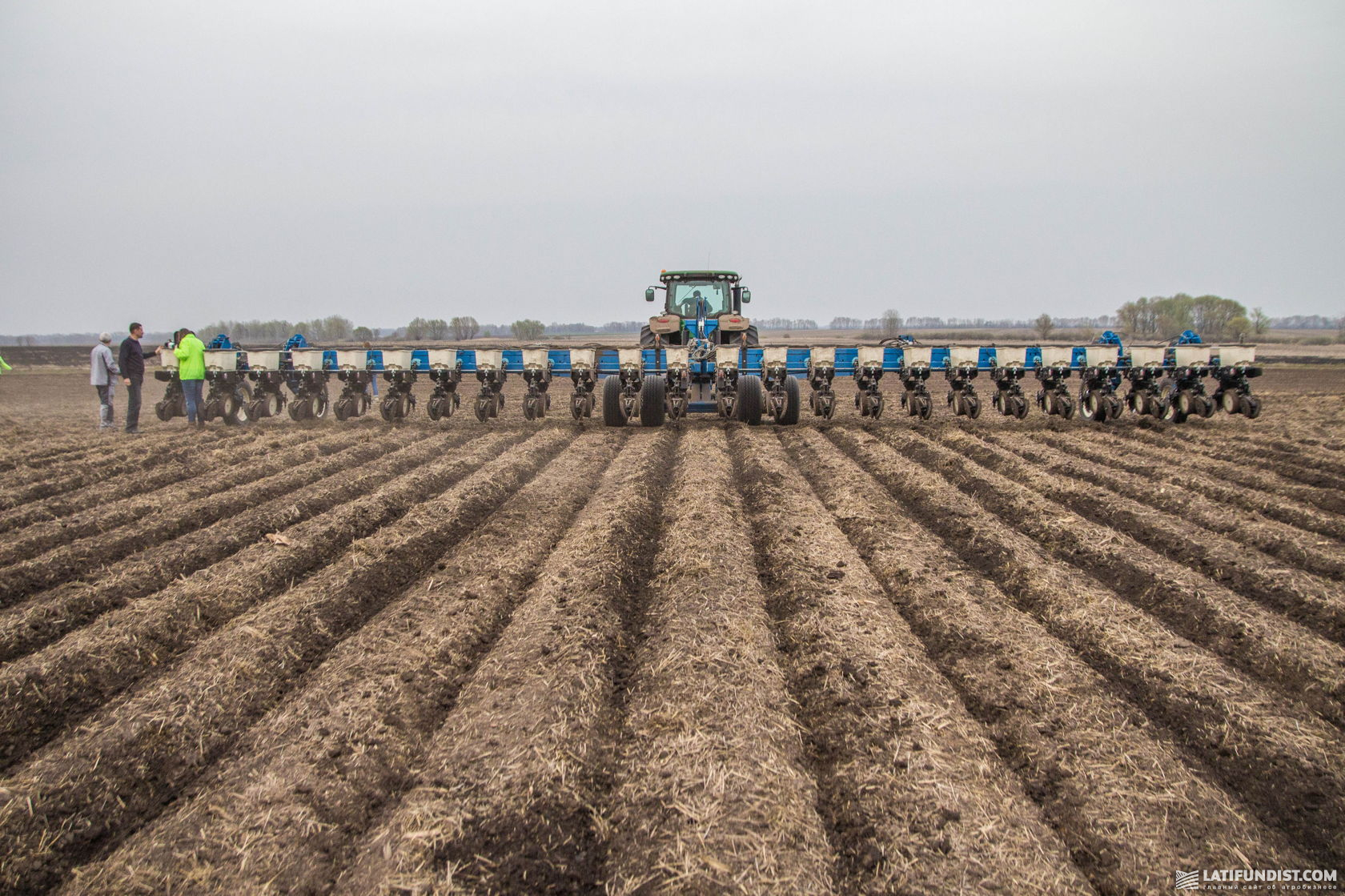Another Unique Year. Sowing Campaign at Ukrlandfarming
Perhaps, life has stopped for someone... but not for the agrarians who are currently running a sowing campaign. Agronomists decide every day how to preserve moisture in the soil, "bring back to life" winter rapeseed, protect crops from stress caused by temperature swings, etc. Volodymyr Fantuh, Head of Development and Innovation at Ukrlandfarming, shared how the company manages these challenges.
The sowing season is well underway at all Ukrlandfarming Group companies. In the farms Polissya in Zhytomyr region and Hetmans'ke in Chernihiv region, the sowing campaign started a little bit later due to the adjustment of precision seeders purchased this year. Besides, the weather conditions made their changes as these enterprises are located in the north of Ukraine. We tried to hold as much moisture as possible in all our fields, thus facilitating crops emergence. Meanwhile, we are sowing sunflower, about 15 thou. ha per day.

We started spring field works in Kherson and Mykolaiv regions. In Kherson region, sowing will take another 2.5 days before completed. On April 8, we finished sowing sunflower in Mykolaiv region. In fact, the plan for planting sunflower this year is 5-8 days to get more or less the same shoots in each region. For corn, we have allocated 10-15 working days. Thus, we plan to complete the sowing campaign by May 1.

This year, the company has slightly changed the cropping plan. Due to problems with winter rapeseed, the total area under the spring crops increased by 30 thou. ha from 2019.

About 60% are covered by corn, about 30% by sunflower and 10% by soybeans. The area under corn and soybean remained at the previous year's level, whereas sunflower area has been slightly increased. This is a necessary measure as rapeseed areas are also resown with oilseed crops. In addition, a clomazone-based herbicide has already been applied in rapeseed, and it is stressful for other crops. Hence, there was not much choice when it was necessary to replace rapeseed with another crop.

Winter wheat condition in our fields is good. It should be noted that frost had a negative impact on crops, but the tillering node was not affected. Winter rapeseed is badly damaged by frost. In some areas, the frost was as low as -10°C. To minimize damage to rapeseed and reduce bacterial and fungal infections, we apply a fungicide based on carbendazim with a melting-point of +5°C.
Today, low night temperatures and frosts are stressful for plants. And the application of any chemicals during the stressful period is not advisable. That's why we have to work in the evening, as the humidity is very low during the day. I must say that for the first time in my many years of experience I have encountered that early spring in the afternoon air humidity varies between 30-40%. At this humidity, the plants' respiration rate is low and the products that are applied do not reach their destination.

We have not readjusted our plant protection program yet. But, due to EU requirements, chlorpyrifos was eliminated this year and replaced with an insecticide from another group. This replacement has not impacted the cost of protection technology.

Given the situation with soil moisture, or rather its absence, I am convinced that without using nitrogen fertilizers there is nothing to expect for. That's why we have made certain changes in the fertilization program, introduced the differentiated application of fertilizers. In order to stimulate the use of moisture from the soil, we need nitrogen and potassium phosphate fertilizers. The better a plant develops, the deeper its root, the more moisture it will take. It is better to apply the nutrients in small portions. It is not advisable to apply nitrogen externally during the plant's vegetation period. Nitrogen should be deep in the soil, where it will be used. If the topsoil dries up, the externally applied nitrogen is inaccessible for plants. In other words, it's money wasted. Nitrogen can only be applied with sprayers in the form of leaf fertilizers.

As one of the fundamental measures, we have reduced the density of crops by 10% or 15% depending on the moisture available in the soil and the average soil moisture index in this region.
Of course, one may say that this year is atypical because of dry soil, but from my experience, I can say that every year is specific for an agrarian. That's why we focus on the long-term average: for sunflower the soil temperature should be +7°C and for corn +8°C. We start sowing when the soil warms up, and at the same time, we monitor that the temperature at the seed depth is as high in the morning during minimum 3 days. If this temperature is stable, one can start sowing.
Thus, in Kherson and Mykolaiv regions (according to the long-term average), the soil temperature at the level of +7 °C is fixed on April 1. Therefore, we started sowing in southern regions on this date. And we will move gradually to the north breaking no calendar terms of sowing.
The company is 90% provided with PPPs. We have made early procurement of agrochemicals, meeting the company's needs not only for the season but for the whole year. Besides, we are 100% provided with seeds and fertilizers. Taking into account the plans to reduce the sowing density, we will have an excess of seeds. After all, we did not expect that there would be a drought, and we bought seeds following a multi-year plan. Thus, there are no problems that can prevent the plant from developing a good root system, which will allow the plant to hold firmly on to the soil and use the moisture reserve from the ground and atmosphere. Concerning this year's s sowing costs, they are close to last year's rates.
Volodymyr Fantuh, Head of Development and Innovation at Ukrlandfarming


